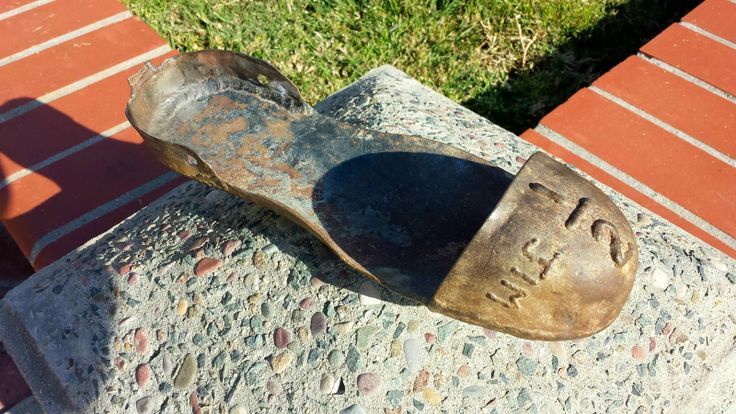canyonrat
Veteran Knee Dragger
So I am here bored doing business stuff. Then an idea pops into my pee brain.
If you ever watched any videos of the late Dr. John Hinds, he often mentions what happens when a street rider puts their foot down in an attempt to keep their bike from crashing while at speed. The result is catastrophic damages to that leg and even the hip. The damage can first be considered when it is seen that the rider's boot has come off. (I won't go into details.) So my idea is that if the soles of boots would rip off at about the poundage/force needed to brake bones and the remaining bottom of the boot is made of a slick material, that this particular injury could be lessened or avoided.
What do all you all think?
If you ever watched any videos of the late Dr. John Hinds, he often mentions what happens when a street rider puts their foot down in an attempt to keep their bike from crashing while at speed. The result is catastrophic damages to that leg and even the hip. The damage can first be considered when it is seen that the rider's boot has come off. (I won't go into details.) So my idea is that if the soles of boots would rip off at about the poundage/force needed to brake bones and the remaining bottom of the boot is made of a slick material, that this particular injury could be lessened or avoided.
What do all you all think?



